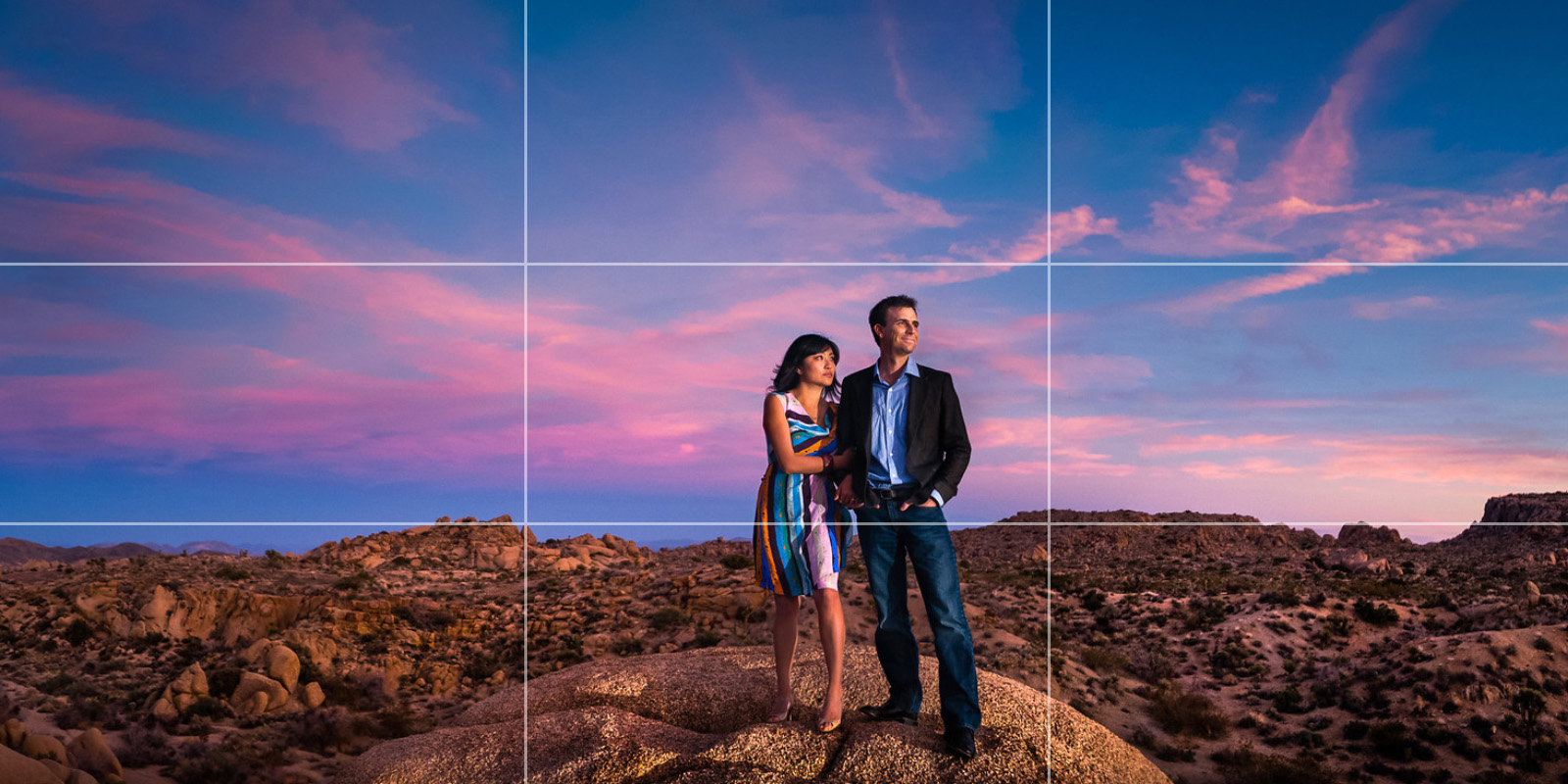Why rule of third is so important in photographyPosted by Tammie Chase on February 14th, 2020 One of the common beginner errors when starting photography is placing the main subject in the center of the frame. A centered subject might work in some situations, but generally, the subject should not be centered. If you look back at your very early images you will probably experience many of these images have the subject-centered. You will find the same if you look at drawings made by children. In most of their drawings, the main subject is placed in the middle of the sheet of paper.
Our brain is programmed to search in the center to find what we are looking for. Because of this, looking at an image with the subject in the center is not very stimulating. It does not create any or enough interest to keep the viewer. By placing the subject off-center it will be a much more compelling image that will attract the viewer’s attention. Rule of third also referred to as the Golden mean, is one of the most commonly used techniques in photography composition. Getting the composition right is very important for a successful image. Using this technique creates a visually well-balanced image and adds strength to the image as well. Everyone can do it with any camera. It is about taking the time and look twice before you push the trigger. The good thing about composition is it is not depending on what camera you use. This part of photography is not at all about camera adjustments. What is the rule of thirds? The upper and lower right intersections are considered to be the best spots to place the main subject. The reason for this is our eyes are used to and will look from the left to the right as when reading a book. When shooting landscapes, the rule of thirds is useful when positioning the horizon. The horizon should be placed at one of the horizontal lines one third from the top or bottom. If you place the horizon straight in the middle of the frame you divide the image in two. It makes it difficult for the viewer to know which part you intended to be an important part of the image. Another important composition rule and often seen by beginners is the horizon is not completely horizontal. A sloping horizon is not natural and gives a wrong impression of the image. By using the Golden means when you position the horizon, it is easier to remember placing it correct. Breaking the rule Post-processing the image Like it? Share it!More by this author |



